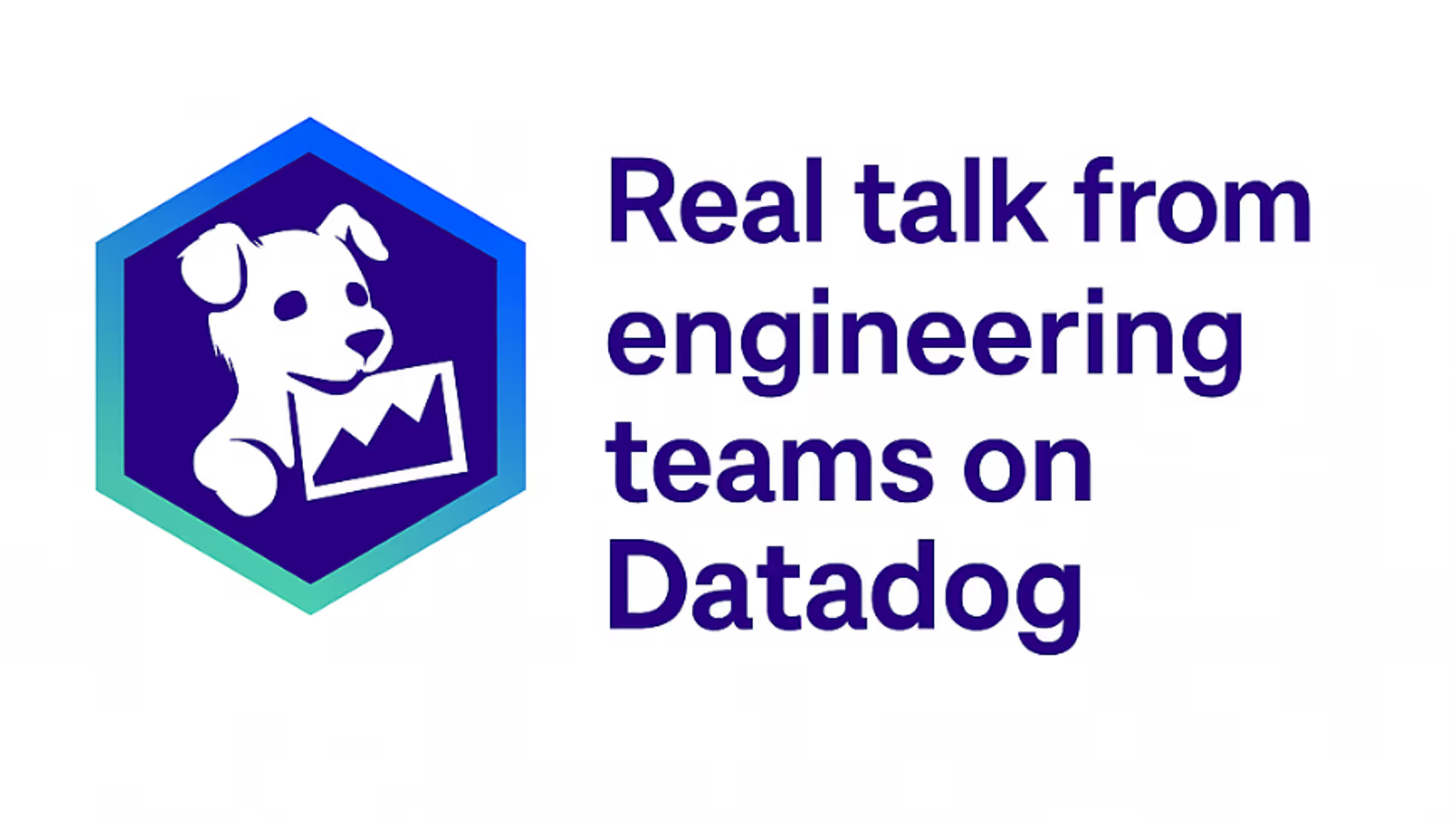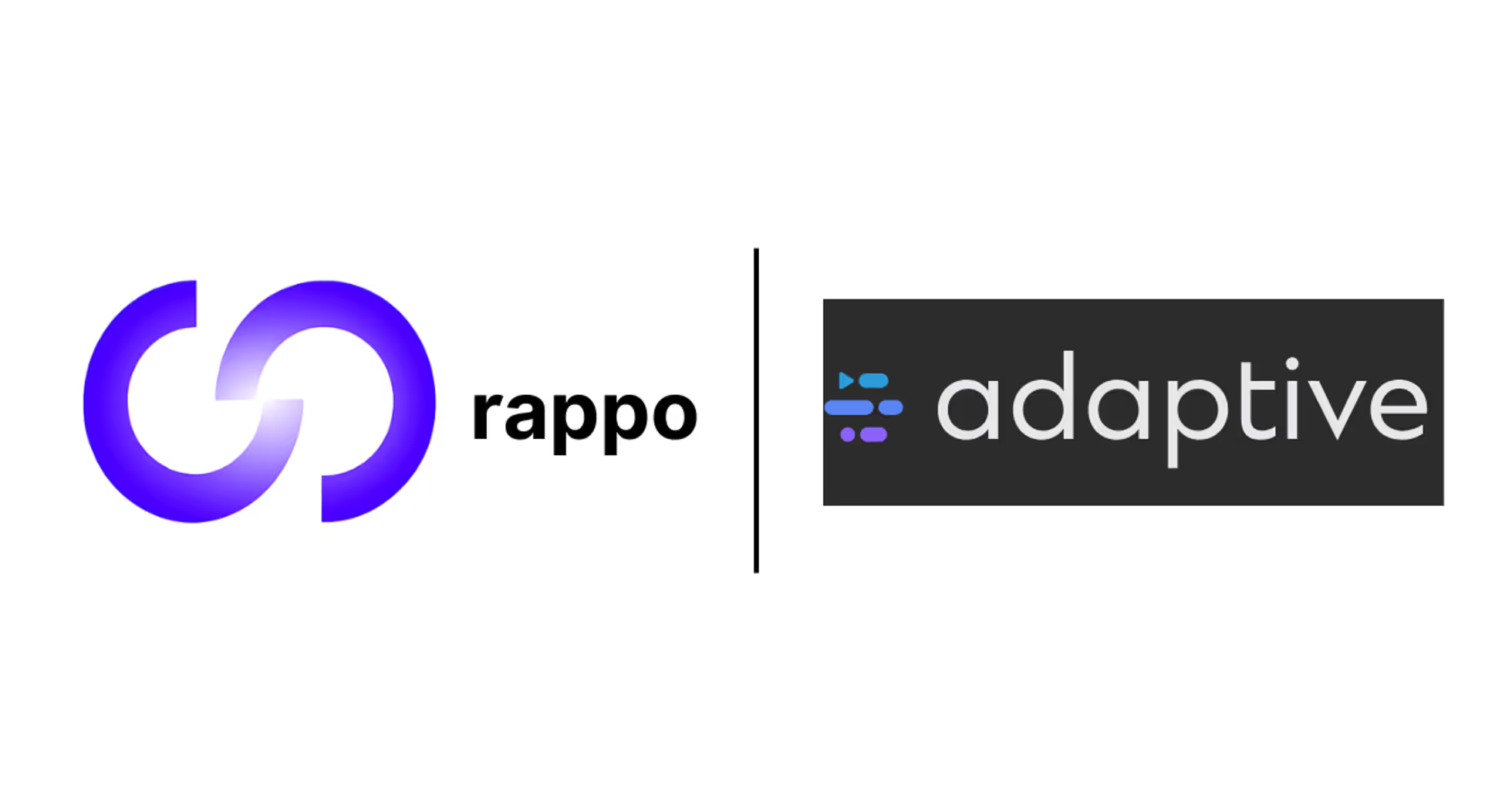Vignesh Ravichandran • Jun 18, 2025
Why People Are Still Using Datadog in 2025: Real Conversations and Hard Truths from Engineering Teams

The Familiar Devil Everyone Knows
“Yeah, Datadog’s expensive, but it’s the devil we know.”
It’s the kind of thing you hear quietly passed between engineers after a particularly expensive billing cycle—or after yet another migration discussion gets shelved.
Despite all the gripes, Datadog continues to be the default monitoring choice for modern engineering teams. And it’s not because it’s flawless. It’s because when systems crash and dashboards light up like Christmas trees, Datadog is the one tool everyone can rely on to make sense of the chaos.
We spoke to startup founders and seasoned engineers who’ve tested everything—from Prometheus to Grafana Cloud, from Uptrace to Chronosphere. What we heard wasn’t praise. It was pragmatism. Grit. And a lot of honesty.
The Promise and Pain of Alternatives
“We tried moving to Prometheus, and… the observability just dropped. We lost visibility.”
This wasn’t an isolated complaint. Prometheus is powerful, yes—but it’s also fragmented. You stitch together monitoring with Grafana dashboards, node exporters, alert managers, and suddenly you’re not monitoring your app—you’re maintaining the observability stack.
Engineers love Prometheus in theory. In practice? They’re exhausted.
One founder put it simply: “Prometheus is like LEGO. Datadog is like IKEA. I know what I’m getting, and it mostly just works.”
The Migration That Never Happens
“We scoped out moving to Grafana Cloud—it would’ve taken three sprints minimum. No startup has that kind of bandwidth.”
Ask any team why they haven’t switched, and the word ‘migration’ will come up fast. Everyone wants cheaper tools, more flexibility, better visibility. But no one wants to bet a production system on an untested migration path.
Datadog is embedded—in CI/CD, alerting rules, anomaly detection, cloud integrations. Pulling it out is like pulling nerves out of a living system.
Even Coinbase, which once considered replacing Datadog after a $65 million annual bill, ultimately stayed—recognizing that duplicating the experience would require tens of engineering years.
So teams make peace. They postpone. And Datadog stays.
The One Tool Everyone Understands
“It’s literally the only tool we don’t argue about during incidents. Everyone can use it.”
When production breaks, you don’t want a tool that sparks debate. You want clarity. And this is where Datadog quietly wins. The dashboards might be cluttered. The UX, clunky. The billing? Arcane. But it works. And more importantly, it works across teams.
DevOps, developers, SREs, even executives—all get the same pane of glass. And during an incident, that shared understanding is gold.
Datadog may not be the best at any one thing. But it’s good enough at everything. And sometimes, that’s exactly what you need.
Hacking Around the Edges
“For logs, honestly, we still export to S3 and run our own analysis. Datadog’s pricing just doesn’t scale.”
Let’s talk about cost. Because that’s where the love fades fast.
Logs in Datadog can get expensive—fast. Teams have been caught off-guard by ballooning ingestion costs. The reaction? Workarounds. Custom exporters. DIY S3 buckets. Keeping Datadog lean and using cheaper tools for bulk storage.
One engineer described their setup as a “controlled leak.” Use Datadog for hot metrics. Ship everything else to a glacier.
It’s not elegant. But it works. And it keeps Datadog just affordable enough to justify keeping it.
Why It’s Still Winning
“It’s not about laziness—it’s about risk. Nobody wants to wake up at 3 am wondering if the new monitoring tool missed something critical.”
This was the most recurring theme across every conversation: risk.
In theory, there are better tools. In practice, switching tools introduces risk. A missing alert. A broken dashboard. A blind spot in a fire.
When the margin for error is zero, most engineers would rather deal with Datadog’s billing than gamble on missing a P1 alert. That trust, however reluctant, is what keeps Datadog at the center of most monitoring stacks.
The Real Reason Teams Don’t Leave
There are cheaper tools. There are faster tools. There are prettier tools.
But the reason engineers stay with Datadog comes down to three things:
- Everyone knows how to use it.
- It covers just enough to be dangerous.
- And it’s already there.
Switching requires a massive, coordinated effort. And unless a team is on the verge of a budget crisis, it’s rarely worth the risk.
One engineer summed it up best: “If someone builds a cheaper, frictionless Datadog clone—even one-third cheaper with equal reliability—we’d consider it. But until then, we keep paying.”
TL;DR
- Datadog continues to dominate not out of love, but necessity.
- Migration is expensive—not in money, but in time, trust, and operational risk.
- Engineers find creative ways to make Datadog work—like exporting logs to S3.
- It’s the one monitoring tool everyone can agree on when things go wrong.
- Until a risk-free alternative appears, Datadog stays put.
If you’re building a monitoring product today, this is your real competitor: not Datadog, but the inertia of trust, team alignment, and incident-day familiarity.
Break that—and you might have a shot.
More blogs for you
Rappo • Vignesh Ravichandran • Jun 23, 2025
Changing Observability in the Age of AI: How Smart Tools Are Transforming Infrastructure Monitoring
Explore how AI is revolutionizing observability with intelligent automation, cost-efficient data ownership, and actionable insights that eliminate alert fatigue.

Rappo • Vignesh Ravichandran • Jun 20, 2025
How Adaptive Used Rappo to Validate Its US Expansion, Product, and Ideal Customer—With Engineering Champions Who've Built It All Before
Discover how Adaptive leveraged Rappo to validate their US market expansion, refine their ideal customer profile, and build product features that matter—through conversations with engineering champions.
